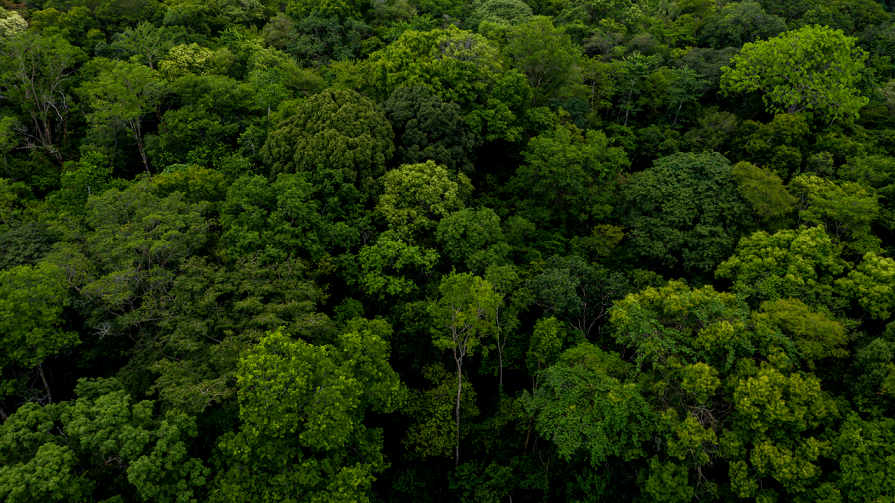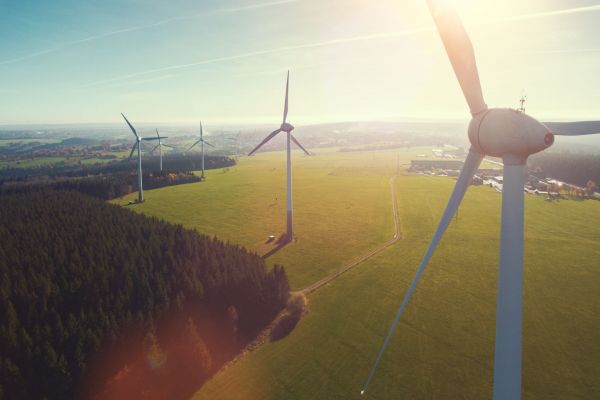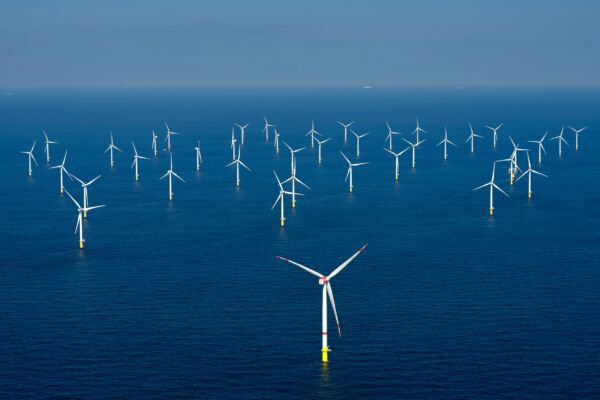Europe is well ahead in terms of offshore wind power. Around 5,050 turbines with around 2.2 GW were connected to the grid at the end of 2019. Great Britain alone produces around 1 GW in the North Sea, the Irish Sea, and the English Channel. Yet, for the UK Prime Minister Johnson to achieve his goals, a wind turbine would need to be installed every working day for the next ten years. Whether this is achievable, remains to be seen.
Germany, too, is a leading player in Europe’s push for wind power, producing around 7,500 MW per annum. Most of this is generated in the North Sea. In a “league table”, Germany is followed by Denmark, Belgium, the Netherlands, then France. Sweden, Norway, Finland, Latvia, Estonia, Lithuania, Poland, Russia, and Italy also operate offshore wind farms.
Many of these countries are building more. For example, big plans are underway in Denmark to create huge man-made energy islands that could supply much more power than is necessary to satisfy its own population. One possible location is already under discussion.
America and Asia follow suit
It seems non-European coastal countries have been holding back on offshore wind but are now beginning to pick up speed. China currently has the largest offshore wind energy output outside Europe, accounting for around 15 percent of global installed capacity (with Germany at around 28 percent and the UK around 37 percent). Taiwan, South Korea, and Vietnam are also investing in offshore. Taipei, Taiwan’s capital, aims to supply 5.6 GW of energy via offshore wind turbines by 2025.
There have been some interesting developments in Japan recently. With it’s steep, rocky coasts, designers must build wind turbines with floating foundations. While these amount to comparatively high costs, the first ones have already been built with more in planning.
In the USA, the number of existing offshore wind farms is adequate but there are big expansion plans here, too. 15 areas off the Atlantic coast were leased for the development of offshore wind farms. These could support an added 21 GW of generating capacity.
Winds around the world
So, Europe, Asia, and America are all planning gigantic offshore wind farms. Even countries that have been somewhat reluctant are now jumping on the bandwagon and benefitting from falling design and construction costs. Offshore power is more profitable than ever before, which increases the incentive to launch new, large-scale project.
It remains to be seen who will win the international race to achieve climate neutrality. The development of offshore wind projects could be the deciding factor.



